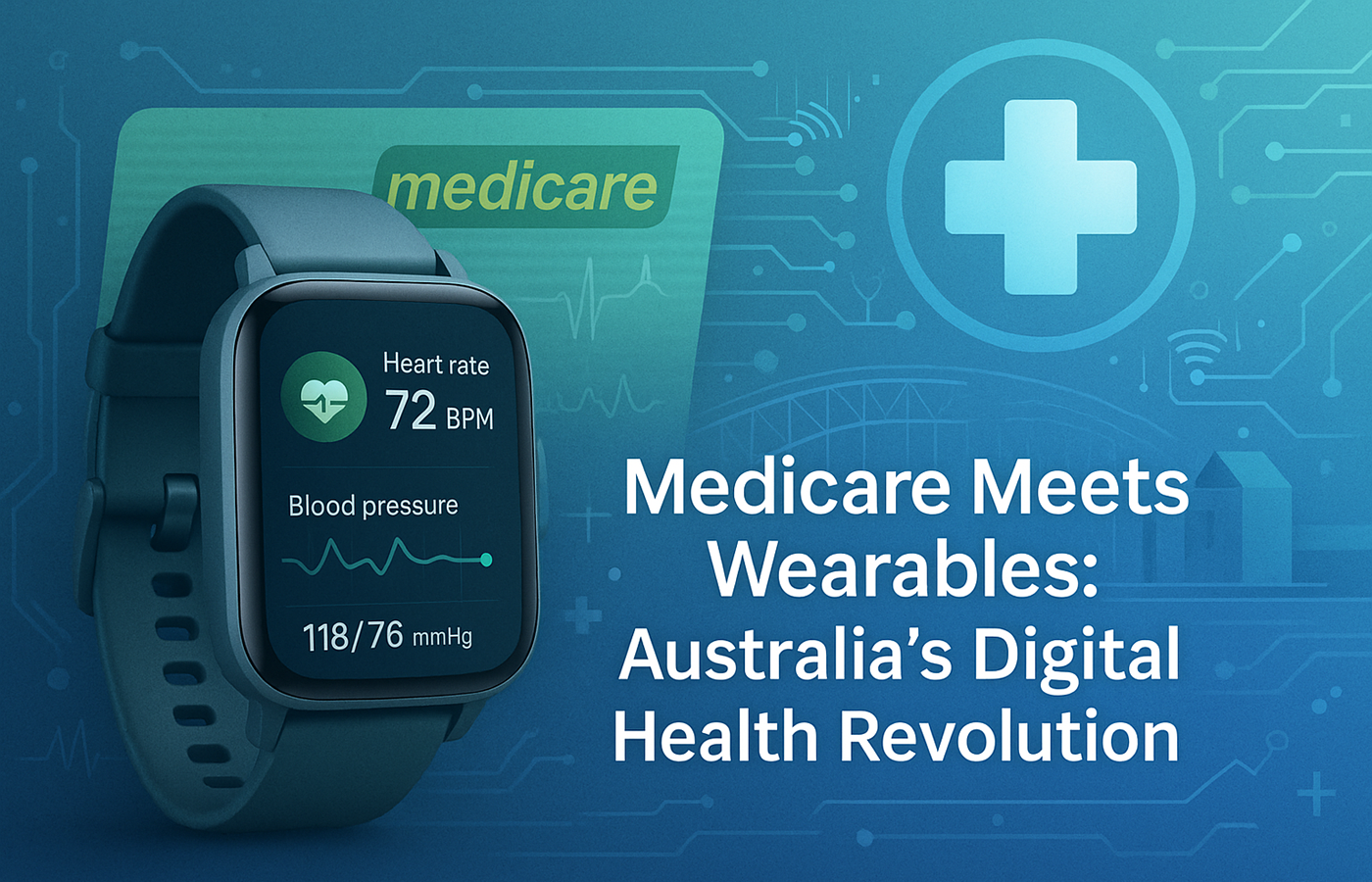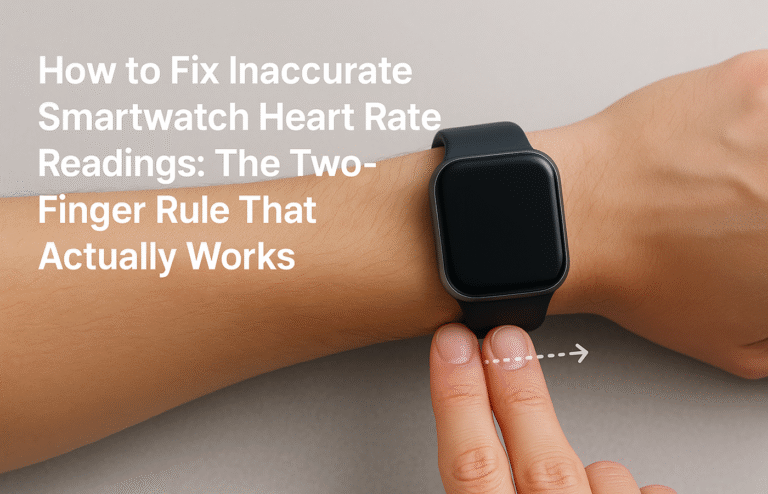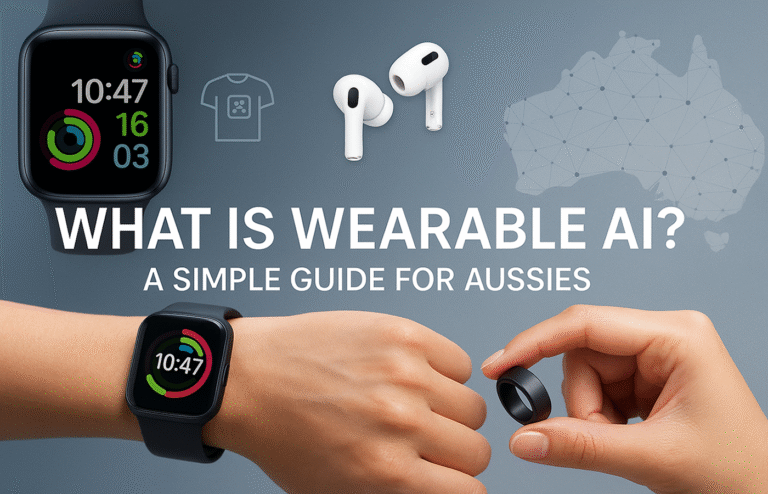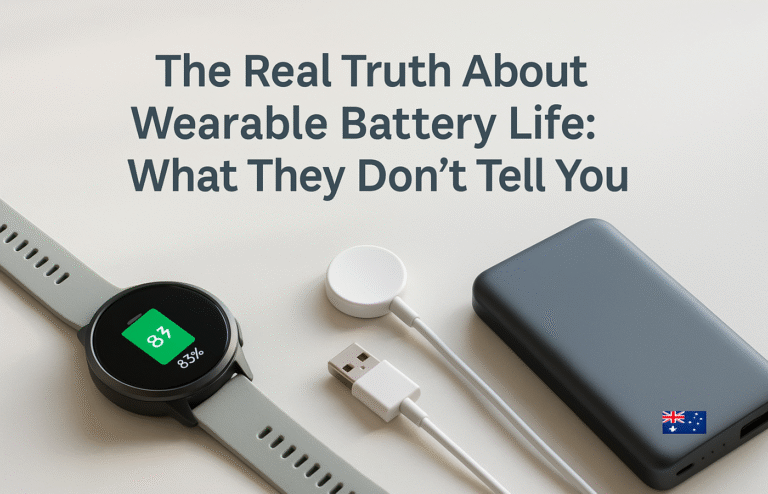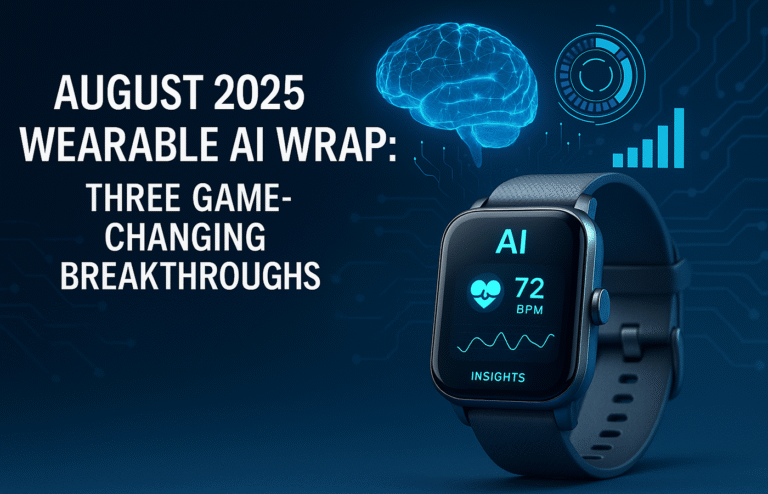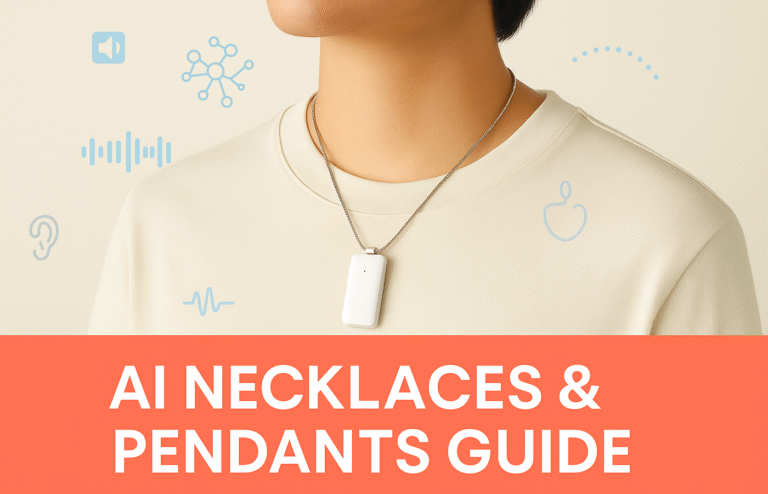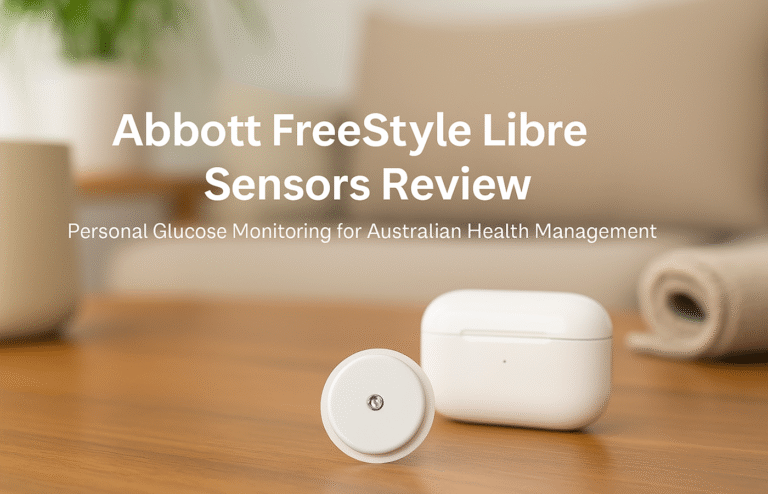Medicare Meets Wearables: Australia’s Digital Health Revolution and Integration Opportunities
Australia’s healthcare system explores unprecedented integration between wearable device data and Medicare benefits, potentially transforming chronic disease management for 3.8 million Australians accessing Medicare services.
Key Developments:
● July 2025 Medicare Chronic Disease Management reforms create natural integration points for wearable data
● Government commits $951.2 million over four years for digital health capability enhancement
● Australian digital health market projected to grow at 15.70% CAGR during 2025-2033
Integration Opportunities:
● Continuous monitoring for diabetes, cardiovascular disease, and respiratory disorders through 24/7 tracking
● Enhanced allied health services with physiotherapy and dietitian monitoring between sessions
● Preventive care enabling early detection of health deterioration before costly hospitalisations
Promising Devices:
● Medical-grade smartwatches (Apple Watch Series 10 from $649) with ECG and heart rhythm detection
● Continuous glucose monitors for improved diabetes management outcomes
Medicare Meets Wearables: Australia’s Digital Health Revolution
Australia’s healthcare landscape is experiencing a digital transformation that could fundamentally change how we manage chronic diseases and preventive care. Recent government initiatives are exploring unprecedented integration between wearable device data and Medicare benefits, creating exciting opportunities for millions of Australians living with chronic conditions.
With over 3.8 million Australians accessing Medicare chronic disease management services in 2019, and wearable technology adoption accelerating rapidly, the convergence of these two trends represents a pivotal moment for Australian healthcare. From July 2025, significant changes to Medicare’s Chronic Disease Management framework will take effect, potentially opening new pathways for wearable device integration that could revolutionise patient care and reduce healthcare costs.
The Current Digital Health Landscape
Australia’s digital health infrastructure has been steadily evolving, with the Australian Digital Health Agency leading initiatives like My Health Record, electronic prescriptions, and expanded telehealth services. The government has committed A$951.2 million over four years to enhance digital health capabilities, demonstrating significant investment in technology-enabled healthcare solutions.
Meanwhile, the Australian digital health market is projected to exhibit a remarkable 15.70% CAGR during 2025-2033, with wearable devices playing an increasingly important role. These technologies enable real-time monitoring of health metrics and provide practitioners with valuable insights that were previously unavailable between patient visits.
The convergence of these trends creates unprecedented opportunities for wearable device data to be meaningfully integrated into Australia’s healthcare system, potentially transforming chronic disease management and preventive care approaches.
Medicare’s Evolving Framework
Starting July 1, 2025, updates to the Chronic Disease Management (CDM) programme officially take effect across Australia. These reforms aim to enhance care coordination, standardise documentation, and simplify billing processes. Most significantly, the changes replace current GP Management Plans and Team Care Arrangements with a single GP Chronic Condition Management Plan.
This streamlined approach creates natural integration points for wearable device data. Rather than relying solely on periodic clinic visits, healthcare providers could potentially access continuous health monitoring data to inform treatment decisions and adjust management plans in real-time.
The new framework requires patients registered for MyMedicare to access management plans through their registered practice, creating stronger doctor-patient relationships that could benefit from shared access to wearable health data. Additionally, patients must have their plan established or reviewed within the last 18 months to retain access to allied health services, creating regular touchpoints where wearable data could inform care decisions.
Wearable Integration Opportunities
The integration of wearable devices with Medicare services presents several compelling opportunities for improving patient outcomes and reducing healthcare costs:
Continuous Monitoring for Chronic Conditions
For the millions of Australians living with conditions like diabetes, cardiovascular disease, and respiratory disorders, wearable devices offer continuous monitoring capabilities that traditional healthcare delivery cannot match. Devices can track glucose levels, heart rhythm, blood pressure, and activity levels 24/7, providing healthcare providers with comprehensive data to inform treatment decisions.
This continuous monitoring could support early intervention strategies, potentially preventing costly hospitalisations and emergency interventions. When integrated with Medicare’s preventive care initiatives, wearable data could help identify health deterioration before symptoms become severe.
Enhanced Allied Health Services
Medicare-subsidised allied health services, used by around 2.4 million patients annually, could benefit significantly from wearable device integration. Physiotherapists could monitor patient activity levels and exercise compliance between sessions, while dietitians could track eating patterns and metabolic responses to dietary interventions.
This enhanced monitoring could improve treatment outcomes while potentially reducing the number of face-to-face consultations required, making allied health services more efficient and accessible, particularly for patients in rural and remote areas.
Preventive Care and Early Detection
Wearable devices excel at identifying subtle health changes that might indicate developing conditions. Integration with Medicare’s preventive care programmes could enable earlier detection of cardiovascular risks, diabetes onset, or mental health concerns, allowing for intervention before conditions become chronic or severe.
This proactive approach aligns with Medicare’s focus on preventive healthcare and could generate significant cost savings by reducing the need for expensive treatments of advanced conditions.
Pilot Programmes and Current Developments
While full Medicare integration remains under development, several pilot programmes are exploring how wearable data can inform preventive care strategies and support chronic disease management. These initiatives are particularly important given Australia’s high rates of chronic diseases that benefit from continuous monitoring.
The Australian e-Health Research Centre is conducting research on integrating wearable devices with healthcare systems, focusing on interoperability and clinical workflow integration. Their work examines how wearable data can be meaningfully incorporated into electronic health records and clinical decision-making processes.
Additionally, various healthcare providers are experimenting with wearable device programmes for specific patient populations, gathering evidence about effectiveness and cost-benefit ratios that could inform broader Medicare integration policies.
Devices Positioned for Integration
Not all wearable devices are equally positioned to benefit from Medicare integration. Devices with medical-grade accuracy, regulatory approvals, and robust data security features are most likely to be considered for integration:
Medical-Grade Smartwatches
Premium devices like the Apple Watch Series 10 (starting at RRP A$649 inc. GST) offer clinically validated features including ECG monitoring, irregular heart rhythm detection, and sleep apnoea notifications. These capabilities align closely with Medicare’s chronic disease management priorities and could provide valuable data for healthcare providers.
Samsung’s Galaxy Watch Ultra and similar devices offer comparable medical-grade monitoring capabilities, particularly for cardiovascular health tracking and fitness monitoring that could support chronic disease management programmes.
Continuous Glucose Monitors
For diabetes management, continuous glucose monitors (CGMs) represent perhaps the most mature wearable technology for potential Medicare integration. These devices provide real-time glucose data that can dramatically improve diabetes management outcomes and reduce complications.
Current Medicare coverage for CGMs is limited, but expanded integration could make these life-changing devices accessible to more Australians with diabetes, potentially reducing long-term healthcare costs through improved glucose control.
Cardiac Monitoring Devices
Specialised cardiac monitoring wearables that can detect arrhythmias, measure blood pressure, and monitor heart rate variability could integrate with Medicare’s cardiovascular disease management programmes. These devices could support remote monitoring programmes that reduce the need for frequent cardiology appointments while maintaining high-quality care.
Benefits for Australian Consumers
Medicare integration of wearable devices could provide significant benefits for Australian healthcare consumers:
Reduced Out-of-Pocket Costs
Currently, consumers bear the full cost of wearable devices and any associated health monitoring services. Medicare integration could provide rebates for clinically relevant wearable devices or cover associated monitoring services, making these technologies more accessible to Australians who could benefit most.
Improved Health Outcomes
Continuous monitoring enables earlier detection of health issues and more personalised treatment approaches. For chronic disease management, this could mean better disease control, fewer complications, and improved quality of life.
Enhanced Healthcare Access
For Australians in rural and remote areas, wearable device integration with Medicare could provide access to specialist-level monitoring without the need for frequent travel to major centres. This could be particularly valuable for cardiac monitoring, diabetes management, and other conditions requiring regular specialist oversight.
Personalised Care Plans
Wearable data could enable more personalised Medicare chronic condition management plans based on individual health patterns rather than population averages. This personalisation could improve treatment effectiveness and patient satisfaction.
Challenges and Considerations
Despite the promising opportunities, several challenges must be addressed for successful integration:
Data Privacy and Security
Healthcare data privacy is paramount, and wearable device integration must comply with Australian privacy laws and healthcare regulations. Ensuring secure data transmission and storage while maintaining patient control over their health information will be critical for successful integration.
Clinical Validation and Accuracy
Medicare integration will likely require robust clinical validation of wearable device accuracy and reliability. Not all consumer wearables meet medical-grade standards, and clear criteria will need to be established for device eligibility.
Healthcare Provider Training
Successfully integrating wearable data into clinical workflows requires healthcare provider training and system modifications. GPs and specialists will need to understand how to interpret and act on continuous monitoring data effectively.
Cost-Benefit Analysis
Medicare integration must demonstrate clear cost benefits to justify public health expenditure. Pilot programmes will need to show improved health outcomes and reduced overall healthcare costs to support broader integration initiatives.
Impact on Insurance and Healthcare Costs
The integration of wearable devices with Medicare could have broader implications for healthcare costs and insurance premiums:
Risk-Based Pricing
Private health insurers may begin offering premium discounts for customers who use wearable devices and demonstrate healthy behaviours. This could create incentives for preventive healthcare while potentially reducing insurance costs for health-conscious consumers.
Reduced Healthcare Utilisation
Effective chronic disease management through wearable monitoring could reduce hospital admissions, emergency department visits, and specialist consultations, generating system-wide cost savings that could benefit all Australians through reduced Medicare levy pressures.
Preventive Care Investment
Investment in wearable device integration could shift healthcare spending from reactive treatment to proactive prevention, potentially generating significant long-term savings as chronic disease complications are prevented or delayed.
Looking Ahead: The Future of Integrated Care
The integration of wearable devices with Medicare represents just the beginning of Australia’s digital health transformation. Future developments may include:
AI-Powered Health Insights
Artificial intelligence analysis of wearable data could provide predictive health insights, identifying patients at risk of health deterioration before symptoms appear and enabling proactive interventions.
Integrated Care Pathways
Wearable data could inform integrated care pathways that automatically adjust treatment plans based on real-time health metrics, ensuring patients receive optimal care without manual intervention.
Population Health Management
Aggregated wearable data could inform population health strategies, helping identify community health trends and inform public health interventions while protecting individual privacy.
Preparing for the Digital Health Future
For Australian consumers interested in positioning themselves for Medicare wearable integration, several steps can help:
Choose Compatible Devices
Selecting wearable devices with medical-grade accuracy, regulatory approvals, and robust data security features increases the likelihood of future Medicare integration compatibility.
Engage with Healthcare Providers
Discussing wearable device data with healthcare providers helps establish the value of continuous monitoring and could influence provider adoption of integrated care approaches.
Maintain Data Records
Keeping comprehensive records of wearable health data ensures continuity when integration opportunities become available and provides valuable baseline information for healthcare providers.
The convergence of Medicare’s evolving framework with advancing wearable technology represents a transformative opportunity for Australian healthcare. While full integration may take time to develop, the foundation is being laid for a future where continuous health monitoring becomes an integral part of preventive care and chronic disease management.
For millions of Australians living with chronic conditions, this digital health revolution promises more personalised, effective, and accessible healthcare. As pilot programmes continue and regulatory frameworks evolve, we’re moving closer to a healthcare system where technology and human care work together to keep Australians healthier for longer.
The question isn’t whether wearable devices will integrate with Medicare—it’s how quickly we can make this integration a reality that benefits all Australians.

